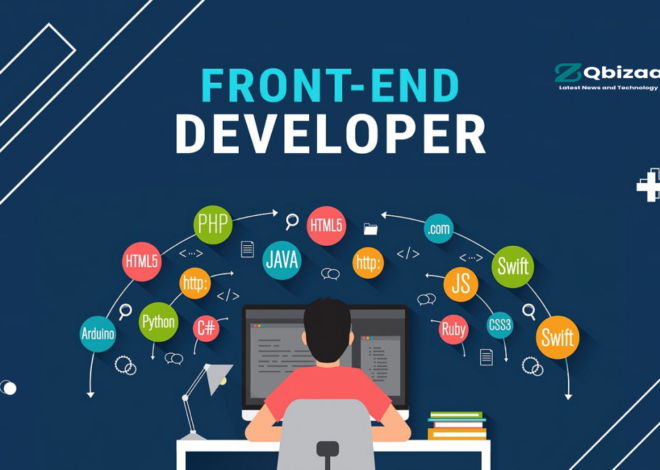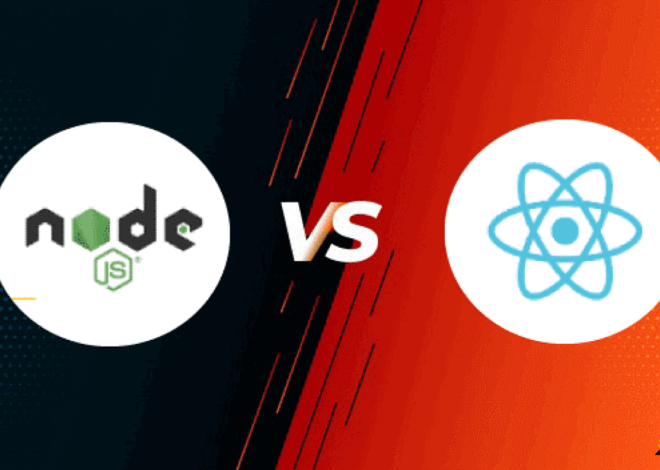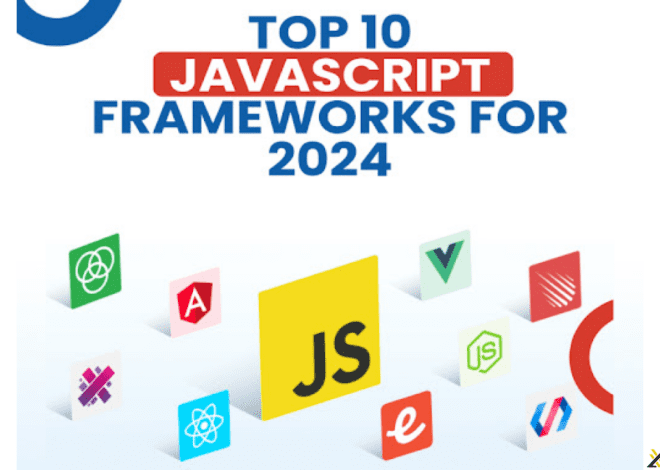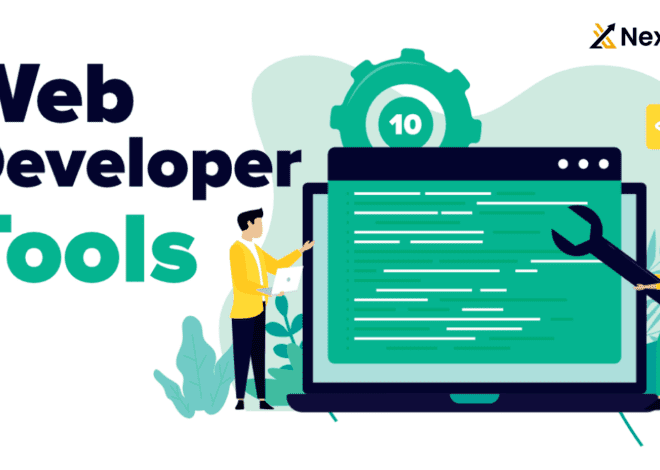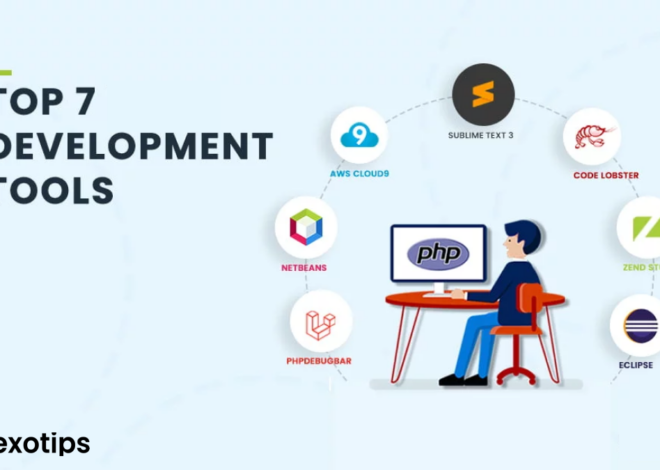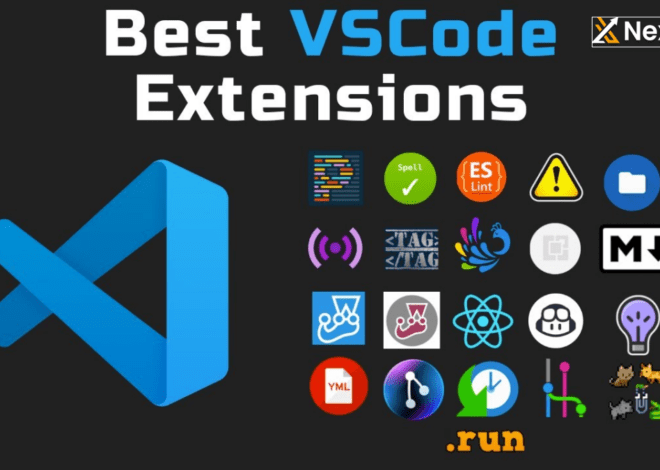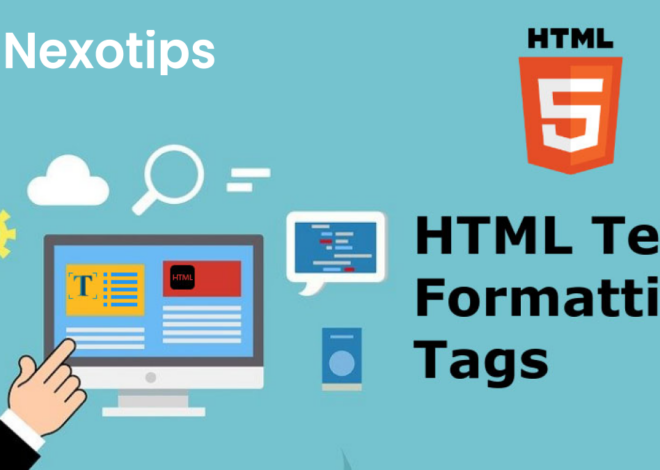#WebDevelopment
Front end developer interview questions 2024
Front-end developer interview questions grouped into basic, intermediate, and advanced levels: Basic: 1. What is HTML and what does it stand for?2. What is CSS and what is its role in web development?3. What is the difference between inline, block, and inline-block elements in CSS?4. What is the box model in CSS?5. What is the […]
10 Best UI Testing Tools For Beginners
A software application’s or piece of software’s quality depends on its User Interface (UI). A user interface that is stylish, contemporary, and well-designed may greatly contribute to giving your consumers a superior product that will pique their interest. A GUI needs to be neat and appealing because it is the first thing a user sees. […]
React.js vs Node.js : A Comprehensive Comparison and Interview Question-Answer for 2024
Understanding React.js : React.js, commonly known as React, is an open-source JavaScript library developed by the Facebook for building user interfaces, particularly for single-page applications (SPAs) and dynamic web applications. React.js was first released in 2013 and has since gained widespread adoption in the web development community due to its simplicity, efficiency, and flexibility. React.js, […]
Top 10 JavaScript Frameworks of 2024 : A Comprehensive Guide
In the ever-evolving world of web development, staying abreast of the latest technologies and trends is paramount. JavaScript frameworks continue to play a pivotal role in shaping the way developers build modern web applications. In this comprehensive guide, we’ll delve into the top 10 JavaScript frameworks of 2024, exploring their features, advantages, and use cases. […]
Top 10 Best Web Development Tools for Advanced Developers
For seasoned designers seeking to elevate their expertise and projects, a curated selection of top-notch web development tools is essential. These tools not only streamline workflow but also offer advanced functionalities to tackle complex projects with finesse. In the realm of web development, having access to the right set of tools can significantly enhance productivity […]
Top 7 Web Development Tools for Beginners Summary Report
Top Web Development Tools for Beginners : Developing dependable online apps is your job as a web developer. This entails not just coding but also difficult and time-consuming operations like server management and problem troubleshooting. Fortunately, web development technologies allow for complete process streamlining without sacrificing quality. The automation and security capabilities that these technologies […]
25 Best VS Code Extensions : Which was Enhance Your Coding Experience
Best Versus Code Augmentations for 2024 Here are the top VS Code Extensions augmentations that driving innovation brands utilize from one side of the planet to the other. Allow us to talk about every one of these best Versus Code augmentations in more detail with the goal that you can settle on an educated choice […]
HTML Formatting Report : Elevate Your Website’s Performance and Accessibility on 2024
HTML formatting allows web developers to control the visual appearance of web content. By using HTML tags and attributes, developers can specify the font, size, color, and alignment of text, as well as the size, position, and border of images and multimedia elements. This helps create a visually appealing and professional-looking webpage. Organization: HTML formatting […]
The 15 most popular tech Jobs for 2024 and how to hire for them
As we step into the mechanical wilderness of Job 2024, the interest for talented IT experts keeps on flooding. From cloud specialists to information researchers, the advanced environment is developing quickly, introducing the two difficulties and open doors for organizations. In this complete aide, we’ll dig into the 15 most sought-after tech jobs for 2024, […]


